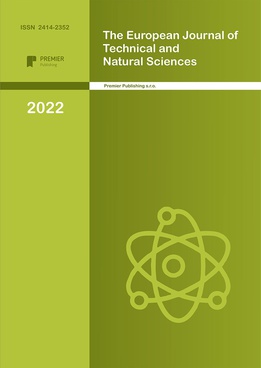Porous Titanium Dioxide/Calcium Alginate Composite Hydrogel for Photocatalytic Degradation of Wastewater
Authors
Fu Weihao

Share
Annotation
Nano-titanium dioxide (TiO2) is one of the most promising photocatalysts. It has the advantages of low cost, non-toxicity, high photocatalytic activity, etc. However, the nano-titanium dioxide has a problem in difficult to recycle and reuse. If it cannot be recycled, nano-titanium dioxide dispersed in water will cause secondary pollution. Since the material that used for current approach for recycling TiO2- steel wire, glass beads, ceramic, cotton fabric and other materials- would absorb or block light, the photocatalytic efficiency of titanium dioxide nanoparticles is drastically reduced. In order to improve the photocatalytic efficiency of titanium dioxide nanoparticles, we decided to prepare a titanium dioxide/sodium alginate mixed solution and prepared titanium dioxide/calcium alginate composite hydrogel spheres by calcium chloride cross-linking. The size of a single particle is about 20nm. By using the spectrometer, under the irradiation of ultraviolet lamp, the photocatalytic efficiency of titanium dioxide nanoparticles can be determined by the rate of the degradation of methyl orange which is the simulation of pollutant. The result of experiment showed that the porous titanium dioxide/calcium alginate composite hydrogel beads have a higher photocatalytic activity, approximately about an increase of 20% in the degradation of methyl orange after 120 minutes. This experiment has a good reference value for the preparation of high activity and easy recovery photocatalysts in large quantities.
Keywords
Authors
Fu Weihao

Share
References:
[1] Sanitation // URL:https://www.who.int/zh/news-room/fact-sheets/detail/sanitation.
[3] S. Li, G. Li, Q. Chen, F. Wang, Facile green synthesis of Degraded-PVA coated TiO2 nanoparticles with enhanced photocatalytic activity under visible light, J. Phys. Chem. Solids, 129 (2019) 92-98.
[6] S. Zhou, F. Wang, S. Balachandran, G. Li, X. Zhang, R. Wang, P. Liu, Y. Ding, S. Zhang, M. Yang, Facile fabrication of hybrid PA6-decorated TiO2 fabrics with excellent photocatalytic, anti-bacterial, UV light-shielding, and super hydrophobic properties, RSC Advances, 7 (2017) 52375-52381.
[8] S. P. Santoso, A. E. Angkawijaya, et al. TiO2/guar gum hydrogel composite for adsorption and photodegradation of methylene blue, International Journal of Biological Macromolecules 193(2021):721-733.
[9] H. Lin, K. Zhao, et al. Characterization and dyes photocatalytic degradation of TiO2-calcium alginate composite films and recycle of TiO2, Acta Materiae Compositae Sinica 32.3(2015):911-917.
[10] I. Dalponte, B. Sousa, A. Mathias, et al. Formulation and optimization of a novel TiO2/calcium alginate floating photocatalyst, International Journal of Biological Macromolecules 137(2019):992-1001.
[11] X Liu, W Yu, W Wang, Y Xiong, et al. Polyelectrolyte Microcapsules Prepared by Alginate and Chitosan for Biomedical Application. Progress in Chemistry, 01 (2008):126-139.


